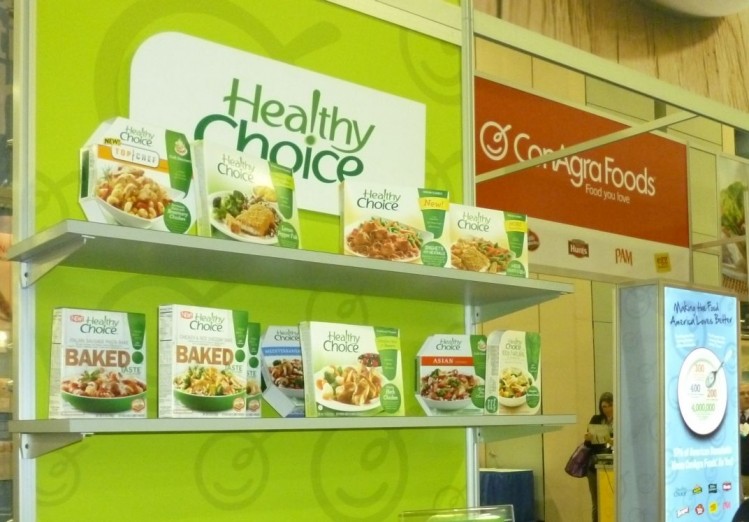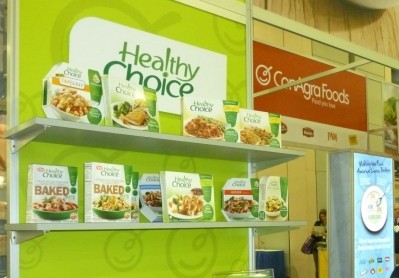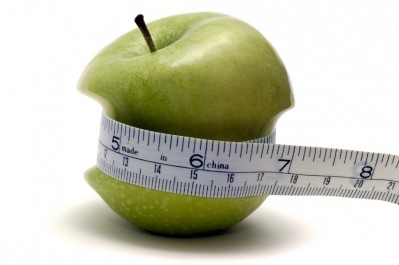General Mills, ConAgra: Processed food is not the enemy

While the American diet would undoubtedly be improved if shoppers did buy more wholefoods, improving the nutritional profile of packaged products that large numbers of consumers actually eat may prove a more effective strategy, said Dr Susan Crockett, who leads General Mills’ Bell Institute of Health and Nutrition.
Speaking at the Food & Nutrition Conference & Expo (FNCE) in Philadelphia yesterday, Dr Crockett said this might mean replacing a percentage of refined white flour with wholegrain flour; reducing fat, sugar and sodium; and adding more fiber, vitamins or other healthful ingredients.
She added: “At General Mills, 65% of the foods we sell now contain fewer than 150 calories per serving.”
It feels like a mark of sophistication to castigate packaged foods
Many frozen and canned prepared foods in particular are good value, convenient, portion-controlled, and a key source of nutrients from folate to potassium for many Americans, she added.
However, many health professionals still see processed foods as the enemy, she said.
“It feels like a mark of sophistication to castigate packaged foods, but we shouldn’t perpetuate the idea that all packaged foods are bad.”
Meanwhile, it is easy as a well-educated health professional to “view consumers through our own middle class and health centric lenses”, she cautioned, whereas research shows that only 30% of consumers are very motivated to improve their health and change their diet.
Getting real: It’s easy to view consumers through our own middle class and health centric lenses
Referring to consumer research revealing that what different shoppers define as ‘healthy’ varies widely, it is more important to “understand consumer attitudes, start with where consumers are and encourage incremental changes”, she said.
“Consumers are busy and many don’t prioritize nutrition and health.
“Consumer research we have done reveals that that 55% say they don’t have enough time, 26% say cooking is a chore, 57% don’t have enough money [to spend on food] and 46% are confused [about what is healthy].”
Rose-tinted glasses: It’s very tempting to be nostalgic about food habits of the past
While it is seductive to think that the days when we prepared everything from scratch were the ‘good old days’, turning back the clock is not the answer, she said.
“It’s very tempting to be nostalgic about food habits of the past, but we should remember that packaged foods have really liberated us and women in particular.
“A typical Mexican woman used to spend up to five hours a day just grinding grain and making tortillas. Packaged foods have allowed us unparalleled choice in not only our diets but the way we spend our time.”
It is also misleading to claim that the ‘processing’ that takes place in industrial food processing facilities is wildly different from what we might do at home to make comparable products, she said.
"What was once done by individuals is now done by food manufacturers but the processes are the same."
ConAgra: It’s a myth to say home cooked food is always more nutritious
ConAgra Foods made a similar case at a ‘myth-busting’ breakfast session on Sunday morning, in which nutrition manager Dr Kristin Reimers presented an analysis of the nutritional content of four of her firm’s frozen entrees with home-cooked equivalents.
This showed that sugar, fiber and protein levels were much the same, while saturated fat and sodium levels were lower in the ConAgra products.
Meanwhile, research shows that frozen ready meals could play a far bigger role in weight management programs, providing a more appealing and filling option at lunchtime than a bar or meal replacement shake and fewer calories, sodium and fat than many snacks and sandwiches, she said.
"They are rarely more than 450 calories, whereas NHANES data says the average for a meal is 660 calories."
They are also portion-controlled and generate no waste, she said.
“Yet so few RDs recommend frozen meals to clients.”










